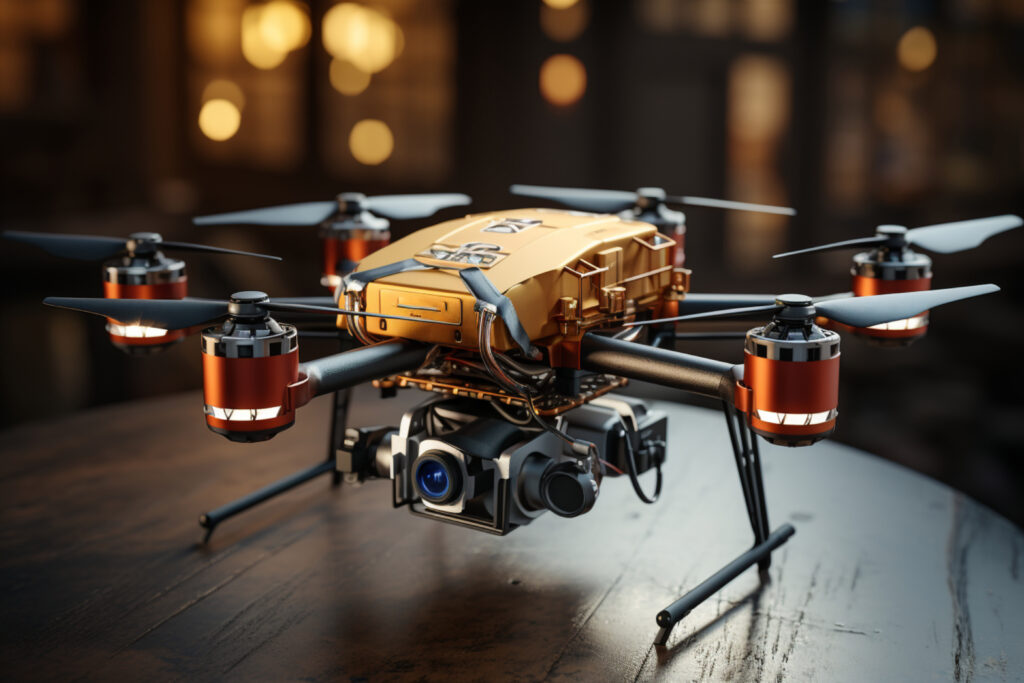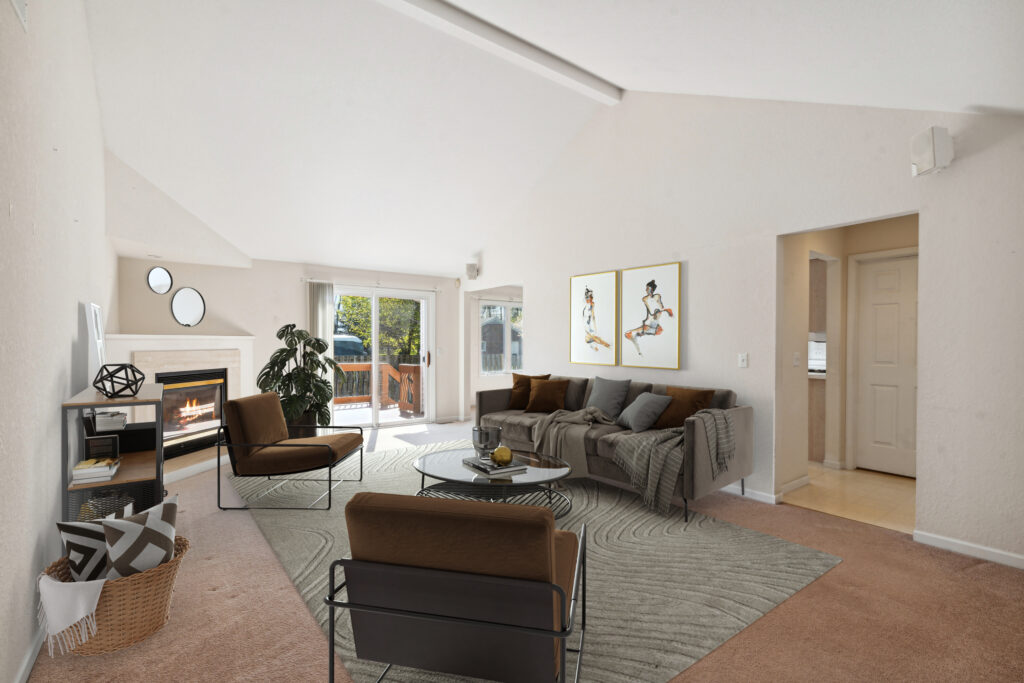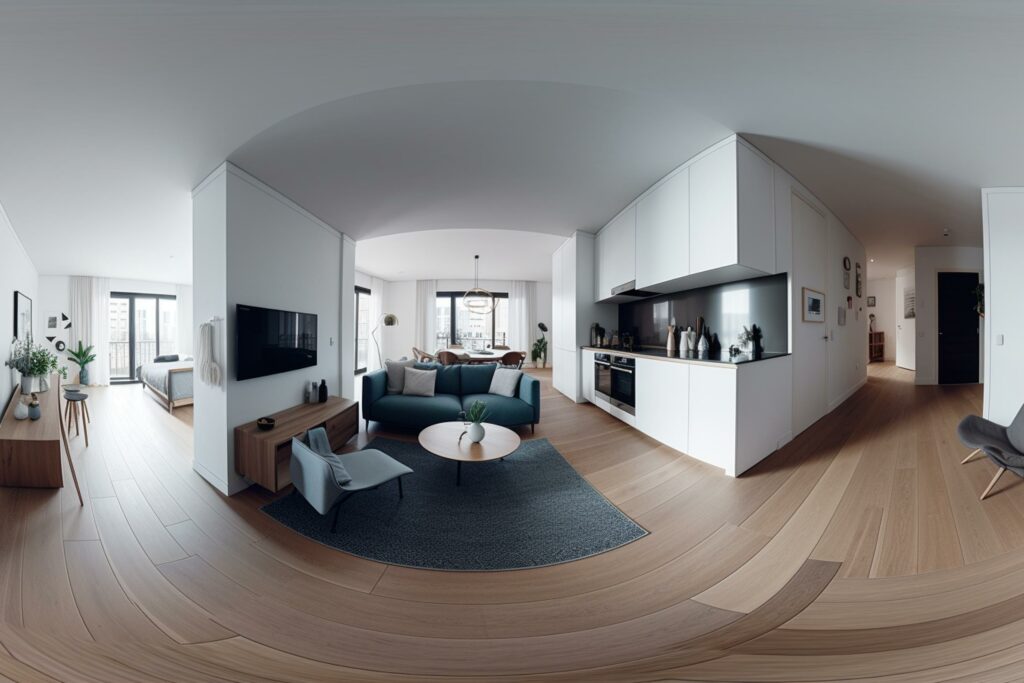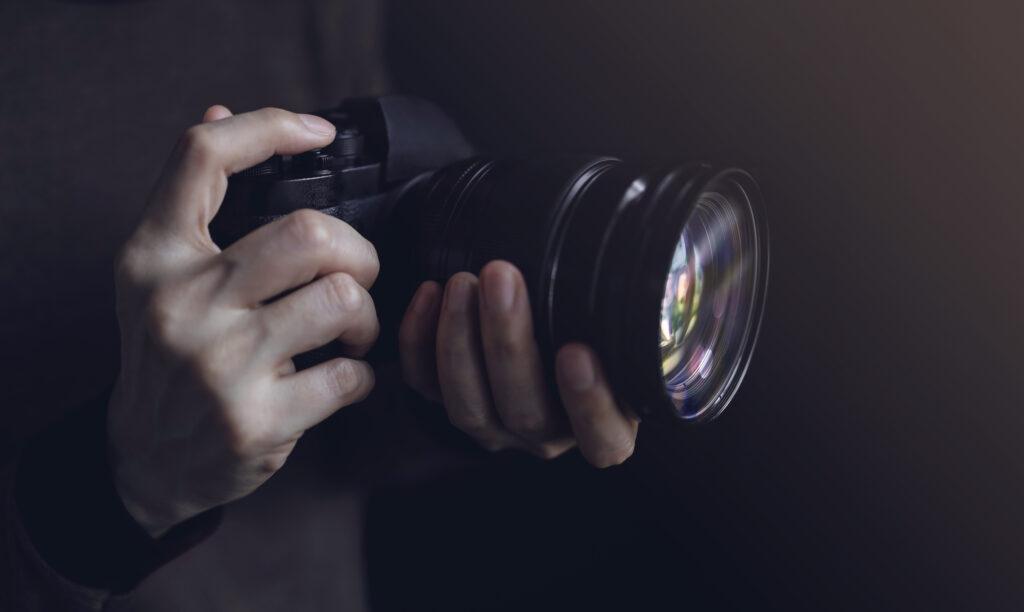Preparing for the Future of Real Estate Photography: Emerging Trends to Watch
As the real estate industry continues to evolve, real estate photographers must keep up with the latest trends to watch.
In 2023, a variety of new technologies and techniques will shape the way real estate photography is used. From drone photography to 3D scanning, understanding these emerging trends is essential to staying ahead of the competition.
In this blog post, we’ll look at some of the most important trends to watch in real estate photography in the coming years. Let’s dive in!
Increased use of Drones in Real Estate Photography

Drones are revolutionizing the world of real estate photography.
With their ability to capture stunning aerial shots, drones are increasingly being used to showcase properties from unique perspectives. In 2023, we can expect to see an increased use of drones in real estate photography as more photographers recognize the benefits they offer.
One of the major advantages of drones is their ability to capture expansive views of a property. By capturing aerial footage, drones can give potential buyers a better understanding of the property’s layout and surrounding environment. This can be particularly useful for showcasing large properties or properties with unique features such as extensive grounds or waterfront locations.
Drones also offer the opportunity to capture eye-catching photos and videos that stand out in a competitive market. High-resolution aerial shots can capture a property’s unique features, such as architectural details, landscaping, and outdoor amenities, in a way that traditional ground-based photography cannot. These images can create a powerful first impression for potential buyers, making them more likely to engage with a listing.
In addition to their visual appeal, drones can also save real estate photographers time and effort. Rather than manually capturing images from various angles, a drone can swiftly capture the entire property in just a few flights. This allows photographers to deliver high-quality images and videos in a shorter timeframe, meeting the demands of today’s fast-paced real estate market.
As drones become more accessible and their technology continues to advance, we can expect to see an even greater integration of drones into the real estate photography industry. So, if you’re a real estate photographer looking to stay ahead of the competition, investing in drone technology is a smart move that will benefit both you and your clients.
Virtual Staging for Listing Photos

Virtual staging is revolutionizing the way real estate photographers showcase properties in their listing photos.
Instead of physically staging a home with furniture and decor, virtual staging allows photographers to digitally add furniture and other design elements to empty spaces. This technique provides potential buyers with a realistic visualization of how a room can look with different furnishings and layouts.
Virtual staging offers numerous benefits for both photographers and their clients. For photographers, it eliminates the need to physically stage a property, saving time and resources. It also allows photographers to experiment with different furniture styles and layouts to create the most appealing visuals. For clients, virtual staging can help potential buyers envision themselves living in the space and increase the overall attractiveness of the listing.
Additionally, virtual staging can help overcome some of the challenges posed by physical staging, such as limited inventory, cost, and the need for furniture storage. With virtual staging, photographers have access to a vast library of furniture options and can easily make changes or updates as needed.
As technology continues to advance, virtual staging is expected to become even more realistic and customizable. From adding personalized decor to showcasing different design styles, virtual staging is transforming the real estate industry and is a trend that photographers should watch closely.
Advanced Augmented Reality Technology for Virtual Tours

Advanced Augmented Reality (AR) technology is revolutionizing the way virtual tours are conducted in real estate photography.
By superimposing virtual objects onto the real-world environment, AR allows potential buyers to experience a property as if they were physically present. This technology provides an immersive and interactive experience, enabling buyers to explore every corner of a property from the comfort of their own homes.
With advanced AR technology, photographers can create virtual tours that go beyond simply viewing static images. Users can interact with the space by virtually opening doors, changing the layout of a room, or even visualizing potential renovations. This level of interactivity not only engages potential buyers but also helps them envision the possibilities and potential of a property.
Furthermore, AR technology can offer additional information and context to enhance the virtual tour experience. For example, virtual tags can be placed on specific features, providing detailed information about materials, finishes, or amenities. This helps potential buyers make informed decisions and ensures that the virtual tour is informative and comprehensive.
As AR technology continues to evolve, we can expect even more exciting advancements in the virtual tour experience. From incorporating real-time data and analytics to creating fully immersive 3D environments, the possibilities are endless. Real estate photographers who embrace and incorporate advanced AR technology into their work will have a significant competitive advantage; they can provide an immersive and engaging experience that sets their listings apart from the rest.
Integration of Artificial Intelligence in Real Estate Photography

As technology continues to advance, artificial intelligence (AI) is making its way into the world of real estate photography.
AI has the ability to analyze data, identify patterns, and make predictions, which can be incredibly valuable in the real estate industry. In the context of photography, AI can help automate various aspects of the process, making it more efficient and effective.
One area where AI is being integrated into real estate photography is in image editing and enhancement. AI algorithms can analyze and optimize images, improving their quality, color balance, and overall visual appeal. This saves photographers time and ensures that the final images are of the highest quality.
AI can also be used to automatically identify and tag specific features of a property, such as rooms, architectural details, or amenities. This can make it easier for potential buyers to navigate through virtual tours or image galleries, allowing them to quickly find the information they are looking for.
Additionally, AI can be used to analyze market data and predict property values or market trends. This can be particularly useful for real estate photographers and agents when pricing properties or determining the best marketing strategies.
Incorporating AI into real estate photography has the potential to revolutionize the industry, making the process more efficient, accurate, and impactful. By embracing these emerging technologies, real estate photographers can stay ahead of the competition and deliver exceptional results to their clients.
360-Degree Video for Enhanced Viewing Experience

360-degree video is revolutionizing the real estate industry by providing potential buyers with an immersive and interactive viewing experience.
With 360-degree video, viewers can explore every corner of a property, getting a comprehensive sense of its layout, design, and ambiance. This technology allows buyers to virtually walk through a property as if they were physically there, eliminating the need for in-person visits.
By offering a more realistic and engaging viewing experience, 360-degree video helps potential buyers make more informed decisions about whether a property meets their needs and preferences. They can truly visualize themselves living in the space, getting a feel for its flow and functionality.
Additionally, 360-degree video is a valuable tool for out-of-town or international buyers who may not have the opportunity to visit a property in person. It allows them to experience the property from afar, ensuring they don’t miss out on potential opportunities.
As 360-degree video technology continues to advance, we can expect even more exciting developments, such as the integration of augmented reality overlays or virtual staging. These enhancements will further enhance the viewing experience, providing even more opportunities for potential buyers to engage with a property.
Incorporating 360-degree video into real estate photography is a trend that photographers should closely watch. By embracing this technology, photographers can offer their clients a cutting-edge experience that sets their listings apart from the competition, attracting more buyers and ultimately leading to more successful transactions.
Next Generation High-Resolution Photography Techniques

With the rapid advancements in technology, the future of real estate photography is all about high-resolution imagery. Next-generation high-resolution photography techniques will take the quality of property images to new heights, providing viewers with a truly immersive experience.
These techniques will involve capturing images with incredibly high detail, showcasing every aspect of a property in stunning clarity. From intricate architectural details to fine textures, viewers will be able to zoom in and explore even the smallest elements of a property. This level of detail will allow potential buyers to thoroughly examine a property without the need for physical visits, making the decision-making process more efficient and informed.
Furthermore, next-generation high-resolution photography will enable photographers to capture images in a wider dynamic range. This means that the photos will have a greater level of detail in both the brightest and darkest areas, resulting in more visually appealing and realistic representations of the property.
Overall, next-generation high-resolution photography techniques will elevate the standard of real estate photography, creating a more engaging and immersive experience for potential buyers. By embracing these techniques, photographers can ensure their listings stand out in a competitive market and attract more attention from potential buyers.
Ready to sell your property? Give us a call today and learn more about our professional photography services that can boost your property listing!
Plus, explore our virtual assistant coaching program to level up your business. Don’t forget to tune into our new podcast for even more valuable insights!
